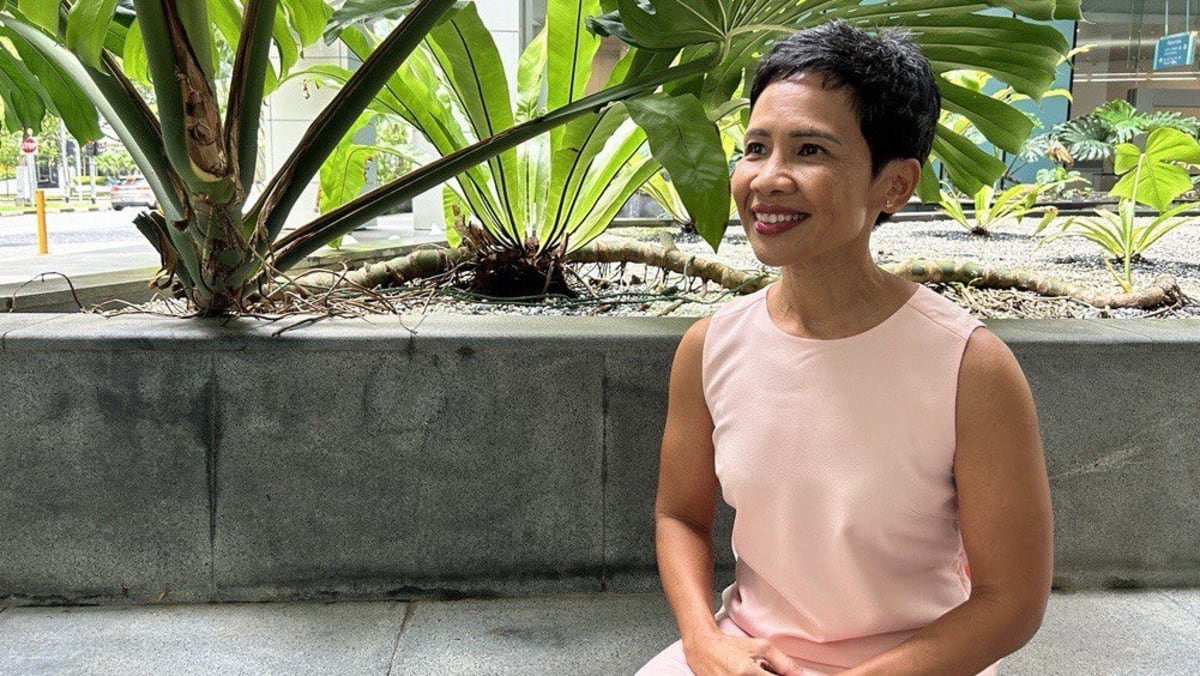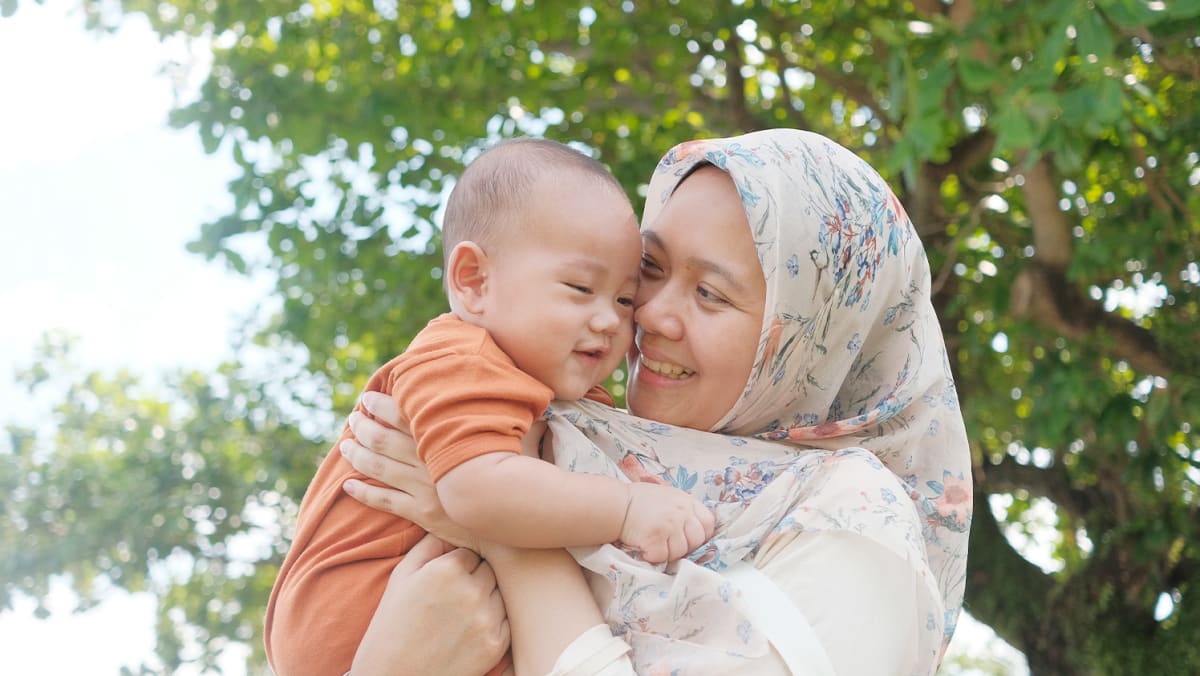Since she became a mother, she has invested her children’s money – even before they could count.
In addition to investing their cash gifts, she deposits money into their investment account monthly for college fees and other needs down the road.
“[Children] are very expensive. And you know that the expenses for them are just going to grow over time. You have to be prepared for that.
“Money does not buy you happiness, but it buys you options. I want my kids to have as many options as possible, and a big part of that is the opportunity to pursue higher education of their choice,” said the Singapore permanent resident.
However, Horton noted that women generally invest less than men, an observation reflected in global studies. She believes one reason for this is the lack of time.
“A working woman who is also a primary caregiver to her children has significantly less time. Investing can be way down on their to-do list,” she said.
This comes with an opportunity cost. “If we look around the world, inflation is increasing. Things continue to get more expensive and the real value of your money is going down,” she said.
“For many people, it’s unlikely for wages and income to keep up with [inflation]. One way to guard yourself against inflation is by investing in assets which will generate returns that would beat inflation,” she said.
“If you do nothing with your money, S$10,000 stays S$10,000 18 years later. If you put it into savings and timed deposits, you could potentially turn that into S$12,800, based on historical data. A 28 per cent return may sound decent at face value. But the real value of that money would actually be 50 per cent less because of inflation over 18 years.
“If you had invested that money in a diversified portfolio, based on the annual rates of returns for the global stock markets and US stock markets, the return is around eight per cent a year. That S$10,000 would have turned into around S$40,000. You would have been safely better off than inflation,” she explained.














